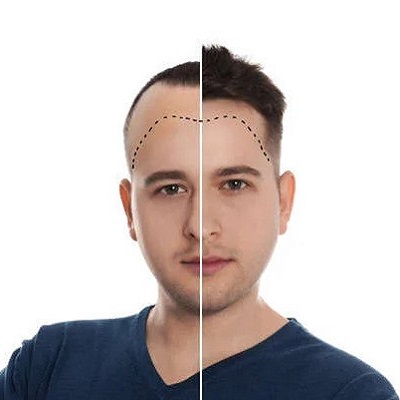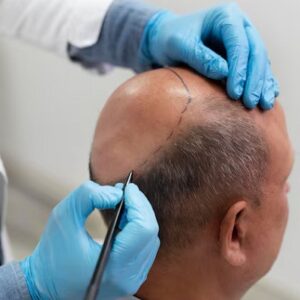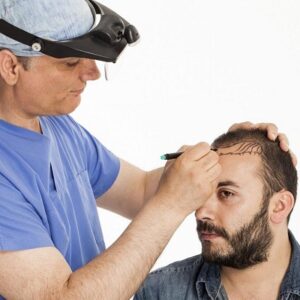
Are you losing hair? Do you fear losing your hair? Do you wish to have an end to the hair loss issue forever? If you have reached this point, you are welcome. While a hair transplant is slightly long and requires a lot of effort, the effects will be permanent. The technique requires time for healing and recuperation. Therefore, it is the preferred method for persons with thinning hair. Read this page to learn about hair transplantation outcomes and methods.
What’s hair transplantation?
An operation is a hair transplant. Additionally, the surgeon transplants hair cells from one place of the body to another that is bald or likely to lose hair. Donor areas are usually the rear or sides of the head.
Professional hairdressers recommend this method for male pattern baldness. However, many specialists use this approach to regrow beard, eyebrow, and eyelash hair. It may also fill scars from accidents or surgery.
Who is suitable for a hair transplant?
- Those with enough hair on their heads
- The scalp can regrow transplanted hair.
- The test results will determine the methods.
- Expectations about hair translation must be realistic.
Can hair transplants cause cancer?
To put it simply, no. A hair transplant entails the intricate transfer of healthy hair follicles from a donor area to a balding scalp. This minimally invasive procedure is carcinogen-free. Importantly, hair transplant surgery does not cause cancer. However, radiation, bad food, and smoking are often linked to cancer.
Types of Hair Transplant:
There are various hair transplant types. However, understanding hair transplant procedures may help you choose the finest one.
Follicular Unit Transplantation (FUT):
FUT involves removing a skin strip from the back or side of the head to gather hair follicles. The balding areas receive follicles. This approach is proven effective and can treat more baldness instances in one session.
FUE, or follicular unit extraction:
Donor hair follicle retrieval with a tool is less intrusive. These follicles inhabit balding or thinning scalps. This procedure is better than FUT since it heals faster and scars less.
DHI, or indirect hair implantation:
DHI uses a pen-like device to pull and implant hair follicles like FUE. Hair follicles must be implanted more precisely for natural-looking outcomes. Reduces graft handling, which may improve survival.
Hair transplanting by robots
During robotic hair transplantation, hair follicles are extracted and implanted. Robot precision may eliminate human error and increase output by improving accuracy and efficiency. Robotic hair transplanting can benefit big-scale hair repair procedures.
Procedure for hair transplantation:
The following steps are typical for a hair transplant:
- The initial visit with the surgeon to assess hair loss and discuss patient goals.
- Get ready.
- The collected follicles were carefully implanted in the needed location.
- After obtaining aftercare instructions, future sessions are planned to check progress.
Benefits of Hair Transplantation:
Hair replacements have various benefits, including:
- Looks natural The transferred hair matches the natural hair perfectly.
- Use this procedure to prevent hair loss forever.
- It improves your attractiveness and self-confidence.
- Although less maintenance, transplanted hair needs the same care as natural hair.
- Although initially expensive, it eliminates the need for continued hair loss treatment.
Aftercare:
- Never touch or scrape the graft-transferred region.
- Taking your medications as prescribed will prevent illness and minimize edema.
- Wash your hair gently as recommended by the surgeon.
- For a few weeks, avoid strenuous work.
- Avert your eyes from bright sunshine.
What does an Islamabad hair transplant cost?
An average hair transplant in Islamabad, Pakistan, costs PKR 85,000 and can reach PKR 400,000. We offer FUT and FUE hair transplants at affordable prices. Patients should know that cost depends on several aspects, including choosing a qualified doctor.
- Medical facility location.
- count of hair grafts needed for the surgery.
- Time and effort of the surgeon, plus donor hair.
- This area will get hair transplants.
- Technique for hair repair.
- Some extra fees.
The Final Thought:
Only those with noticeably thin hairs should contemplate this operation, as the results will be permanent. Aging may change the look of your transplant. It’s essential to choose an experienced Dynamic Clinic PK for this sensitive treatment. Book a consultation today.












